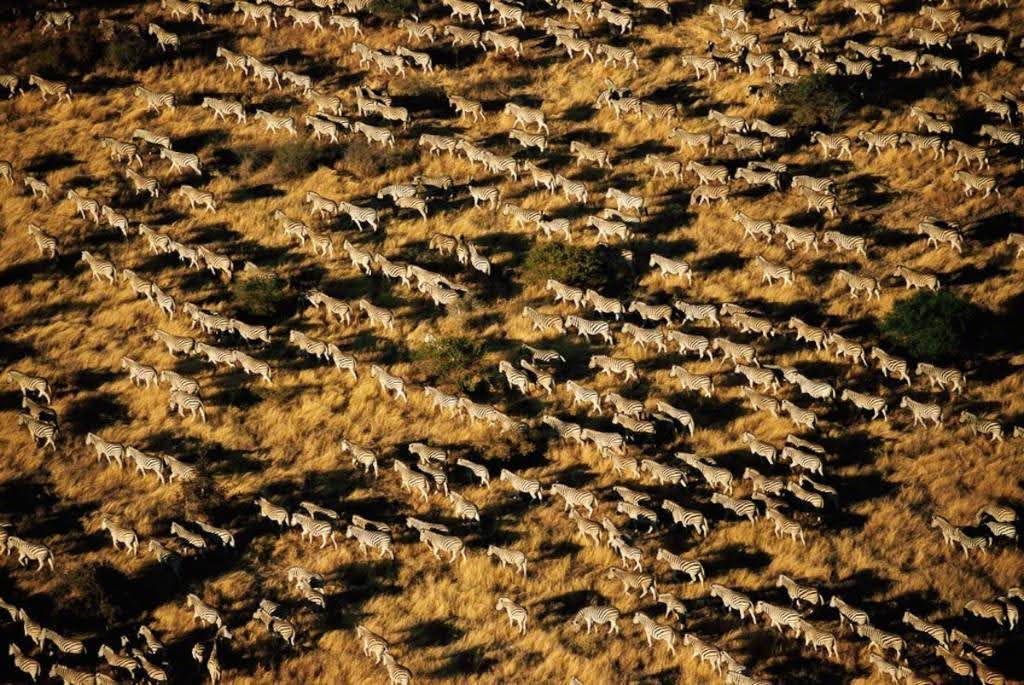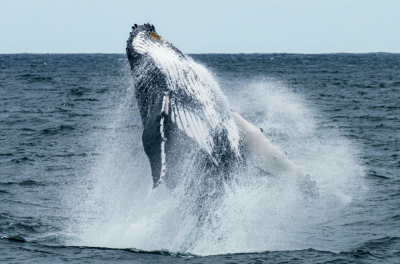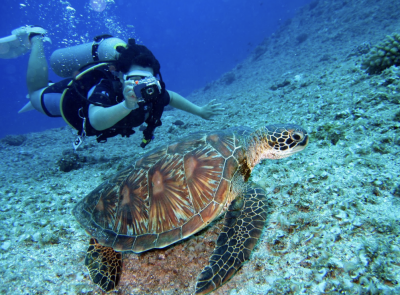
The mere mention of journeying into Africa conjures up images of verdant jungles, golden savannahs and iconic wildlife spectacles like the Great Migration, featuring its best known safari stars – the Big 5!
Think again, because Africa’s beauty encompasses so much more…
Imagine the grandeur of eco-conscious oceanic safaris stretching along East Africa’s coastline, witnessing mass bird migrations over Lake Natron, and feeling the reverberation of the thunderous hoofbeats of a mega-herd of 25,000 Burchell’s Zebra soaring across the Makgadikgadi Salt Pans.
 Whale Watching – Madagascar and South Africa
Whale Watching – Madagascar and South Africa
Between June and September, the waters off Île Sainte-Marie in Madagascar become a sanctuary for humpback whales, who arrive to breed and calve in the warm, shallow seas. Meanwhile, South Africa’s Western Cape, most notably Hermanus, welcomes the Southern Right Whales as they nurse their young along the coastline. These coastal migrations blend beautifully with marine safaris, wine country getaways, and romantic luxury escapes.
Liuwa Plain Wildebeest Migration – Zambia’s Untamed Frontier
Each year, between October and December, one of Africa’s most remote and untouched parks hosts the continent’s second-largest wildebeest migration. In Zambia’s Liuwa Plain, tens of thousands of blue wildebeest move across the sweeping grasslands in a stunning, crowd-free spectacle. With the added allure of dramatic stormy skies and unique predators like hyenas and cheetahs, Liuwa offers a raw, emotional encounter with nature’s rhythms – perfect for returning safari clients seeking the road less travelled in an often overlooked safari destination.

Sea Turtle Nesting – Zanzibar’s Coastal Treasure
From February to July (peaking between April and July) Zanzibar becomes a haven for green sea turtles, who return to secluded beaches like Mnemba Island to lay their eggs. While nesting occurs year-round, this period offers the best chance to witness both nesting and hatchling events. These ancient cycles unfold on idyllic beaches and pair perfectly with barefoot luxury, making for an unforgettable end to a bush-and-beach itinerary.
Kasanka Bat Migration – Zambia’s Aerial Attraction
From late October to December, Zambia is also home to the world’s largest mammal migration, as up to 10 million straw-coloured fruit bats descend upon the swamp forests of Kasanka National Park. With wingspans nearing a metre, the bats arrive to feast on wild fruits – and in doing so, disperse seeds that support forest regeneration. Best viewed from elevated hides at dawn or dusk, this migration is a sensory overload of movement, sound, and ecological wonder. It’s ideal for clients interested in conservation, photography, and once-in-a-lifetime natural events.

Topi Migration – The Serengeti’s Understated Star
On the golden plains of the Serengeti a quieter migration takes place between December and February. Here, herds of Topi antelope travel in search of green pastures, forming a compelling seasonal display. For guests who have already witnessed the Big Five and the wildebeest herds, the Topi migration offers a more serene and exclusive safari moment.
These migrations may be lesser known, but that’s precisely what makes them powerful tools for creating one-of-a-kind luxury itineraries. Whether for seasoned safari-goers, wildlife photographers, or conservation-minded travellers, these millenia-old natural passages provide a sense of intimacy, rarity and magic that has to be experienced to be understood.
Zebra Migrations – Botswana’s Best-Kept Secret
Botswana quietly hosts Africa’s second-largest land migration, as thousands of Burchell’s zebras travel between the Chobe River and Nxai Pan, and between the Boteti River and Makgadikgadi Salt Pans. Once disrupted by veterinary fences, these ancient routes have only recently reopened, allowing this extraordinary spectacle to return.
The migration is closely tied to the rains and offers a dramatic contrast to Botswana’s iconic dry season safaris – a great narrative for second-time visitors looking for new angles on classic destinations.





